Way back in 2006, inspired by the arrival of summer, I wrote about how innovation thrives in the building of sandcastles!
It was a great post — and it made it into BusinessWeek. With summer upon us, I thought it a fitting post to leave here while you might be busy in your studies. With that, here’s my list of “10 Reasons Why Innovation Thrives in the Building of Sandcastles: and What We Can Learn From Such Creativity.” It’s a simple visual journey.
Grab the PDF by clicking on the image, or get it here! The full list in the text follows.
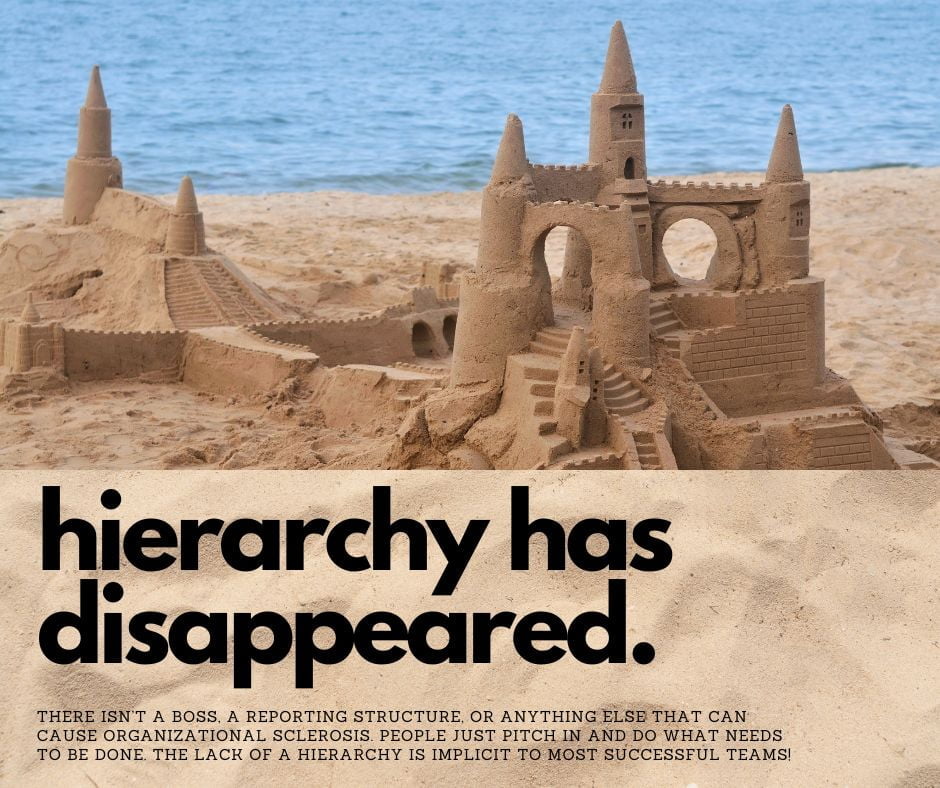
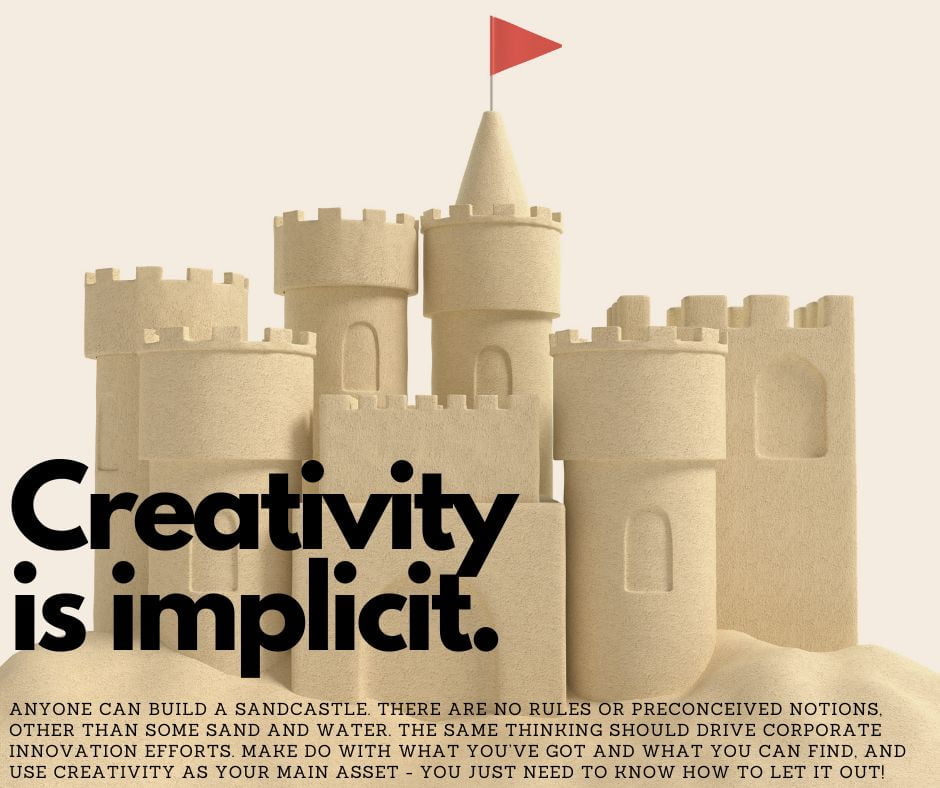
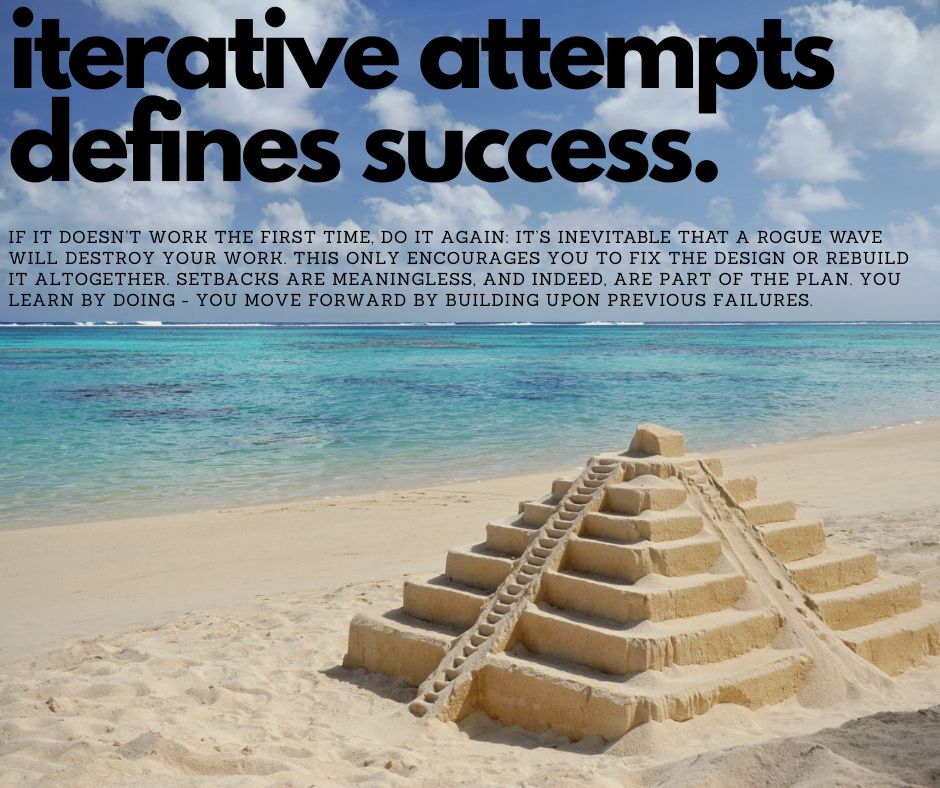
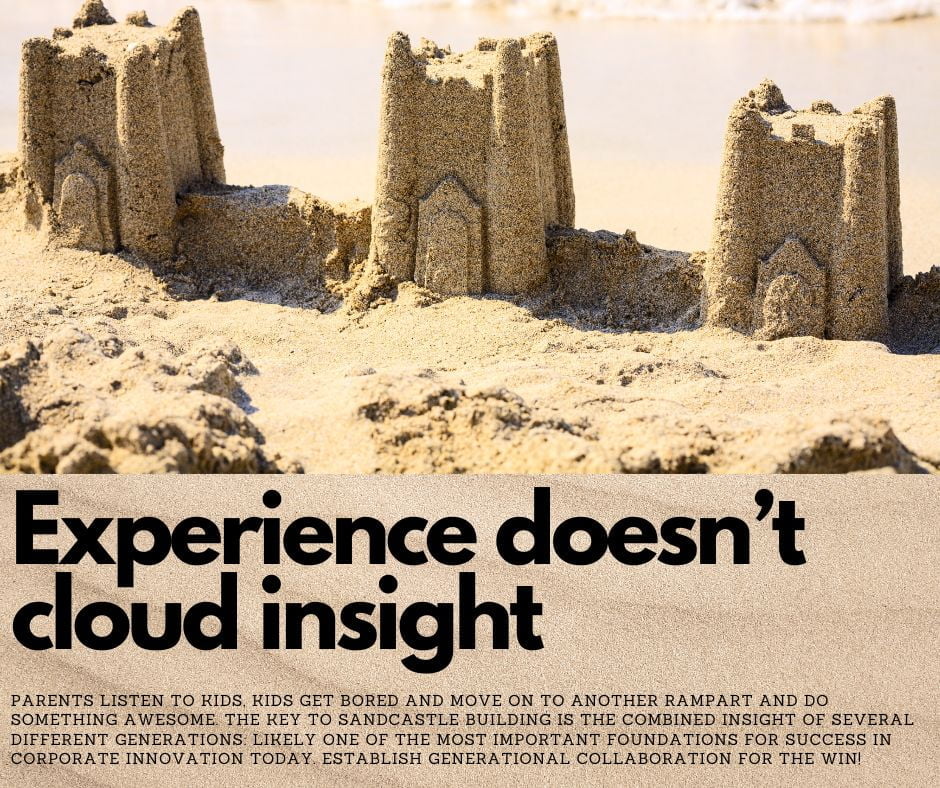

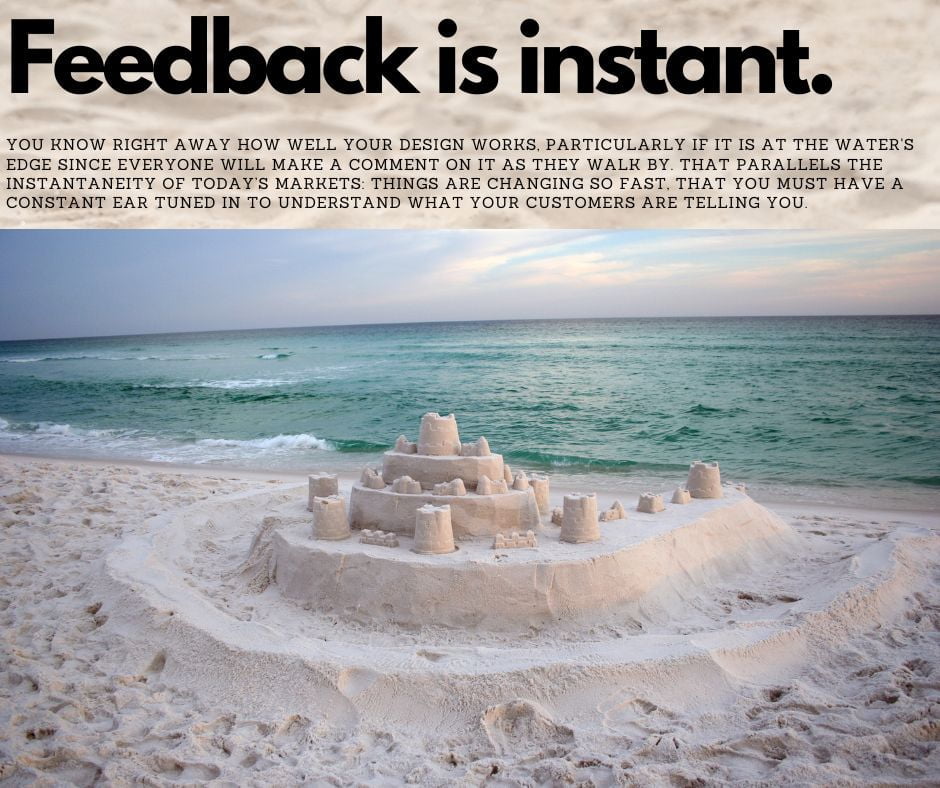 Sandcastle-Innovation
Sandcastle-Innovation
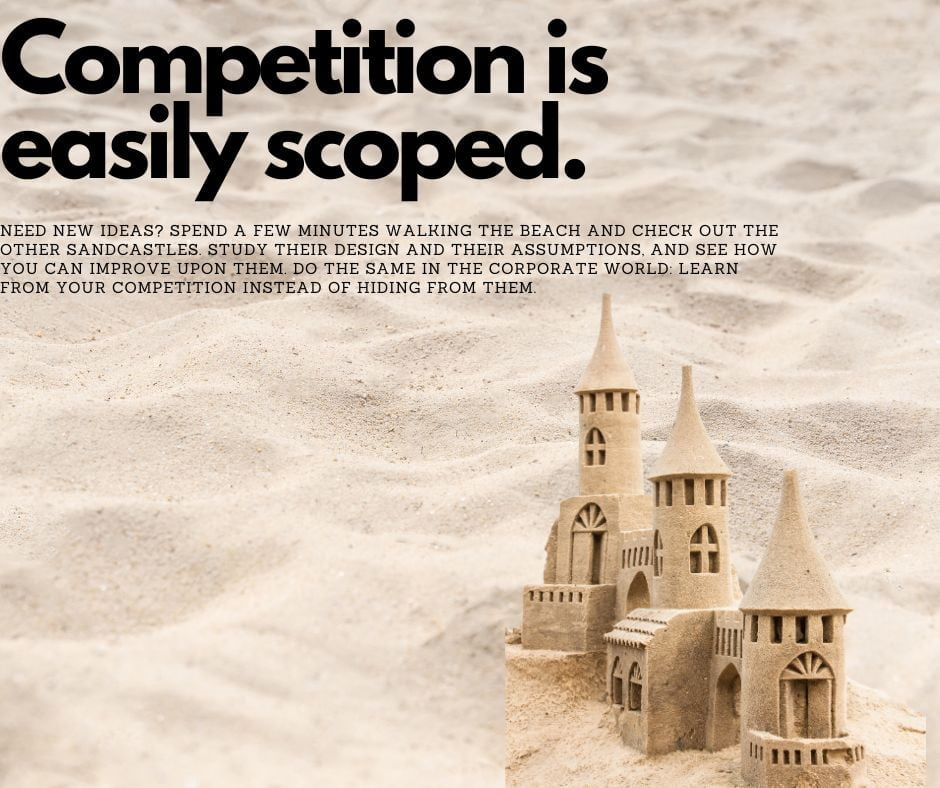
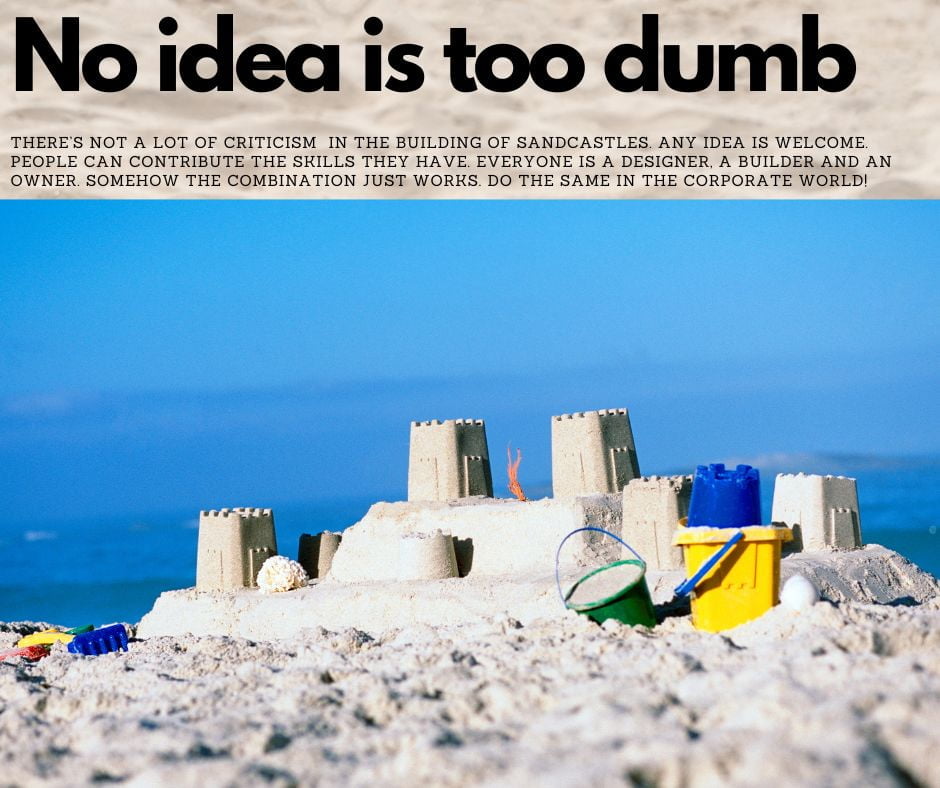
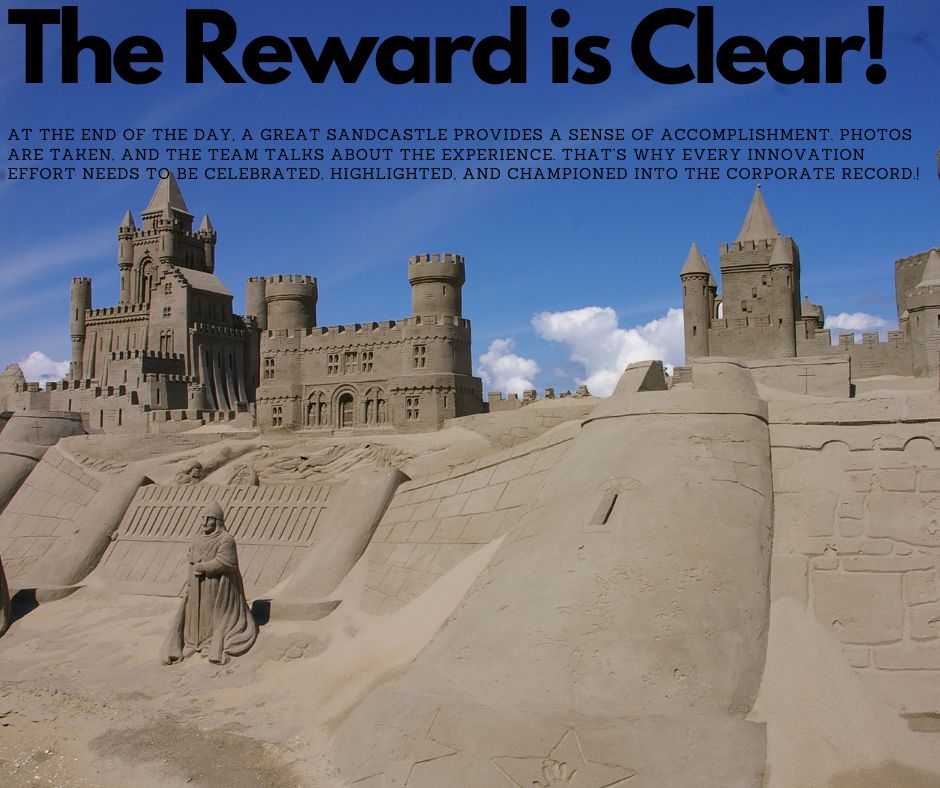
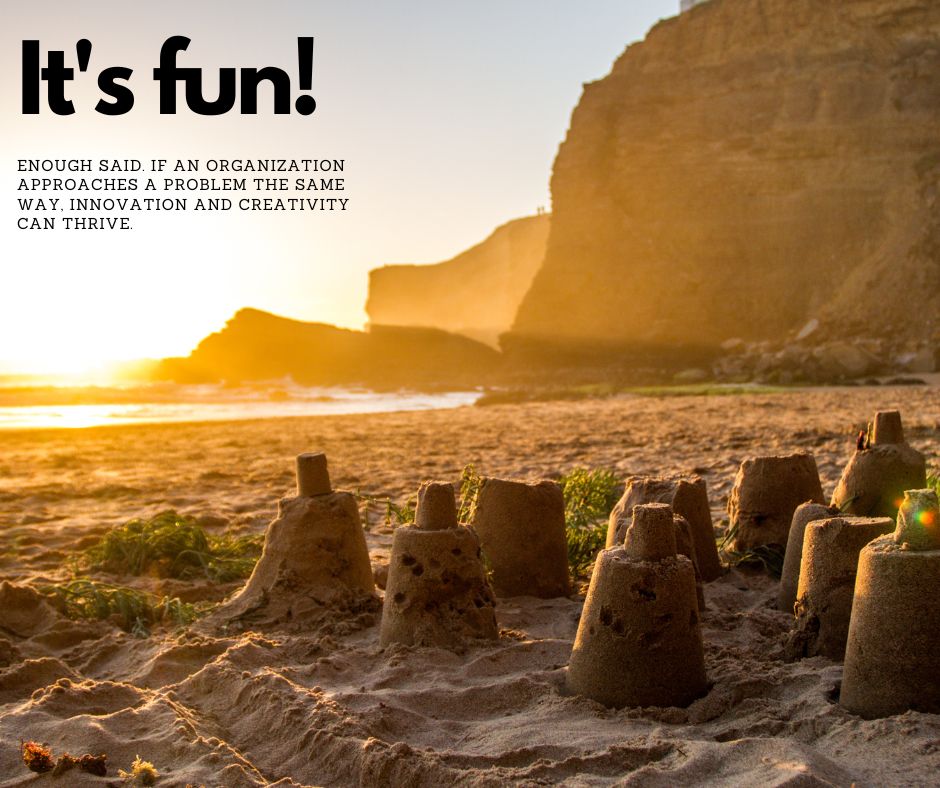
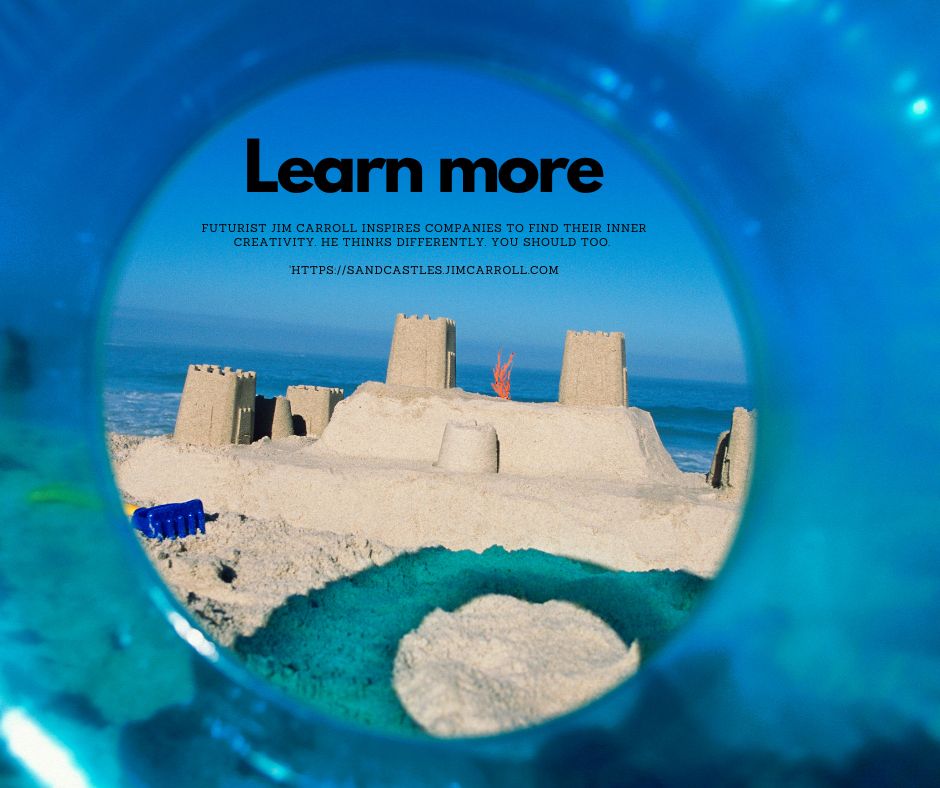
- Hierarchy has disappeared: In most cases, there isn’t a boss, a reporting structure, or anything else that can cause organizational sclerosis. People just pitch in and do what needs to be done. The lack of a hierarchy is implicit to most successful teams.
- Creativity is implicit: Anyone can build a sandcastle. There are no rules or preconceived notions, other than some sand and water. The same thinking should drive corporate innovation efforts. Make do with what you’ve got and what you can find, and use creativity as your main asset.
- If it doesn’t work the first time, do it again: It’s inevitable that a rogue wave will destroy your work. This only encourages you to fix the design, or rebuild it altogether. Setbacks are meaningless, and indeed, are part of the plan.
- Experience doesn’t cloud insight: Parents listen to kids, kids get bored and move on to another rampart and do something awesome. The key to sandcastle building is the combined insight of several different generations: likely one of the most important foundations for success in corporate innovation today. (See my 10 Ideas post for more on this theme.)
- Everyone picks up on the passion: People just join in and help to build. Eventually beach-neighbors join in, and the growing castle becomes a big collaborative effort. Organizations that can build similar levels of interest in the concept of innovation don’t simply succeed: they exceed!
- Feedback is instant: You know right away how well your design works, particularly if it is at the waters edge, since everyone will make a comment on it as they walk by. That parallels’ the instantaneity of today’s markets: things are changing so fast, that you must have a constant ear tuned in to understand what your customers are telling you.
- Competition is easily scoped: Need new ideas? Want to learn from the competition? Spend a few minutes walking up and down the beach and check out the other sandcastles. Study their design, their assumptions, and see how you can improve upon them. Do the same in the corporate world: develop a finely tuned radar that signals to you how and where your world is changing.
- No idea is too dumb: There’s not a lot of criticism and bias in the building of sandcastles. Any idea is welcomed. People can contribute the skills they have. Everyone is a designer, a builder and an owner. Somehow the combination just works.
- The reward is clear: At the end of the day, a great sandcastle provides a sense of accomplishment. Photos are taken, and the team talks about the experience. That’s why every innovation effort needs to be celebrated, highlighted, and championed into the corporate record.
- It’s fun: Enough said. If an organization approaches a problem the same way, innovation and creativity can thrive.


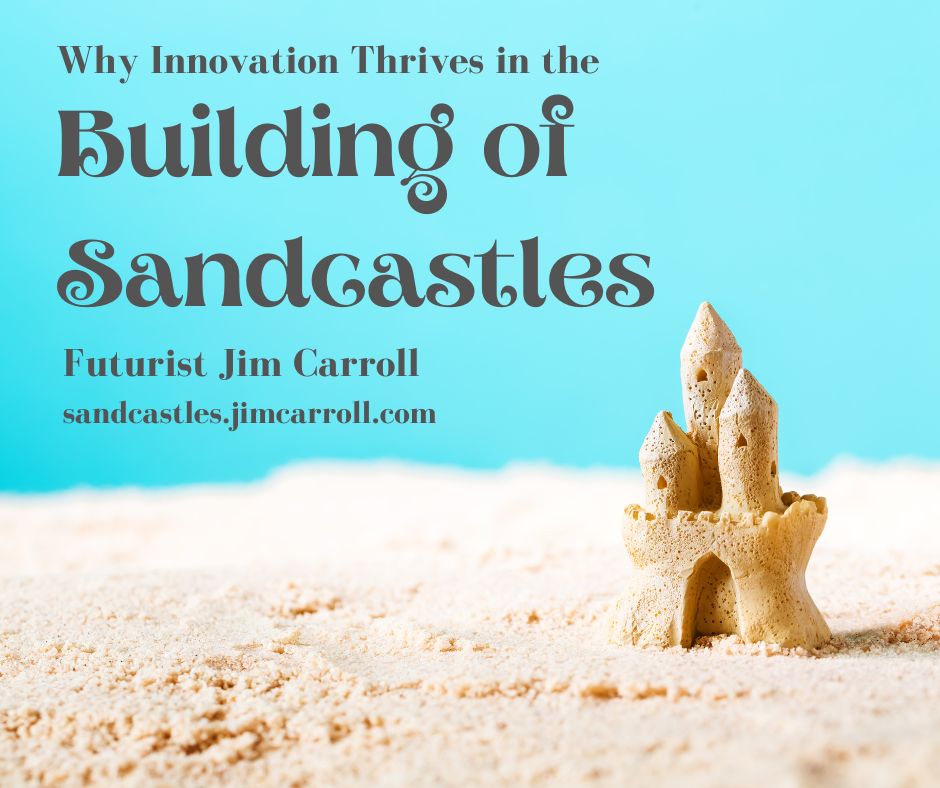


GET IN TOUCH
Jim's Facebook page
You'll find Jim's latest videos on Youtube
Mastodon. What's on Jim's mind? Check his feed!
LinkedIn - reach out to Jim for a professional connection!
Flickr! Get inspired! A massive archive of all of Jim's daily inspirational quotes!
Instagram - the home for Jim's motivational mind!